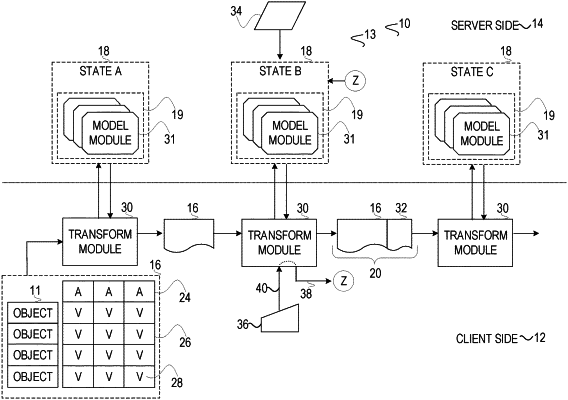| CPC G06F 40/177 (2020.01) [G06F 30/20 (2020.01); G06Q 30/0206 (2013.01); G06Q 50/16 (2013.01)] | 20 Claims |

|
1. A system comprising:
at least one processor and memory having instructions that, when executed, cause the at least one processor to perform operations comprising:
receiving table information via a first programmatic interface included in a plurality of programmatic interfaces, the table information including rows describing homes and columns describing attributes of the homes;
communicating the table information to a first machine learning model that utilizes learning to make predictions, the first machine learning model including logic for processing the table information to generate predicted values;
receiving the predicted values from the first machine learning model;
appending the predicted values to the table information to generate appended table information;
communicating the appended table information via a second programmatic interface included in the plurality of programmatic interfaces, the plurality of programmatic interfaces being a plurality of machine-to-machine interfaces; and
iterating the operations, the iterating the operations including processing the table information through a sequence of states to transition the rows describing the homes from acquisition to resale by appending the predicted values to the table information to generate the appended table information, both of the receiving operations and both of the communicating operations being performed by at least one machine with a machine interface included in the plurality of machine-to-machine interfaces and not being performed via any user interface by a user, the iterating the operations to facilitate a customization and a proliferation of the first machine learning model.
|